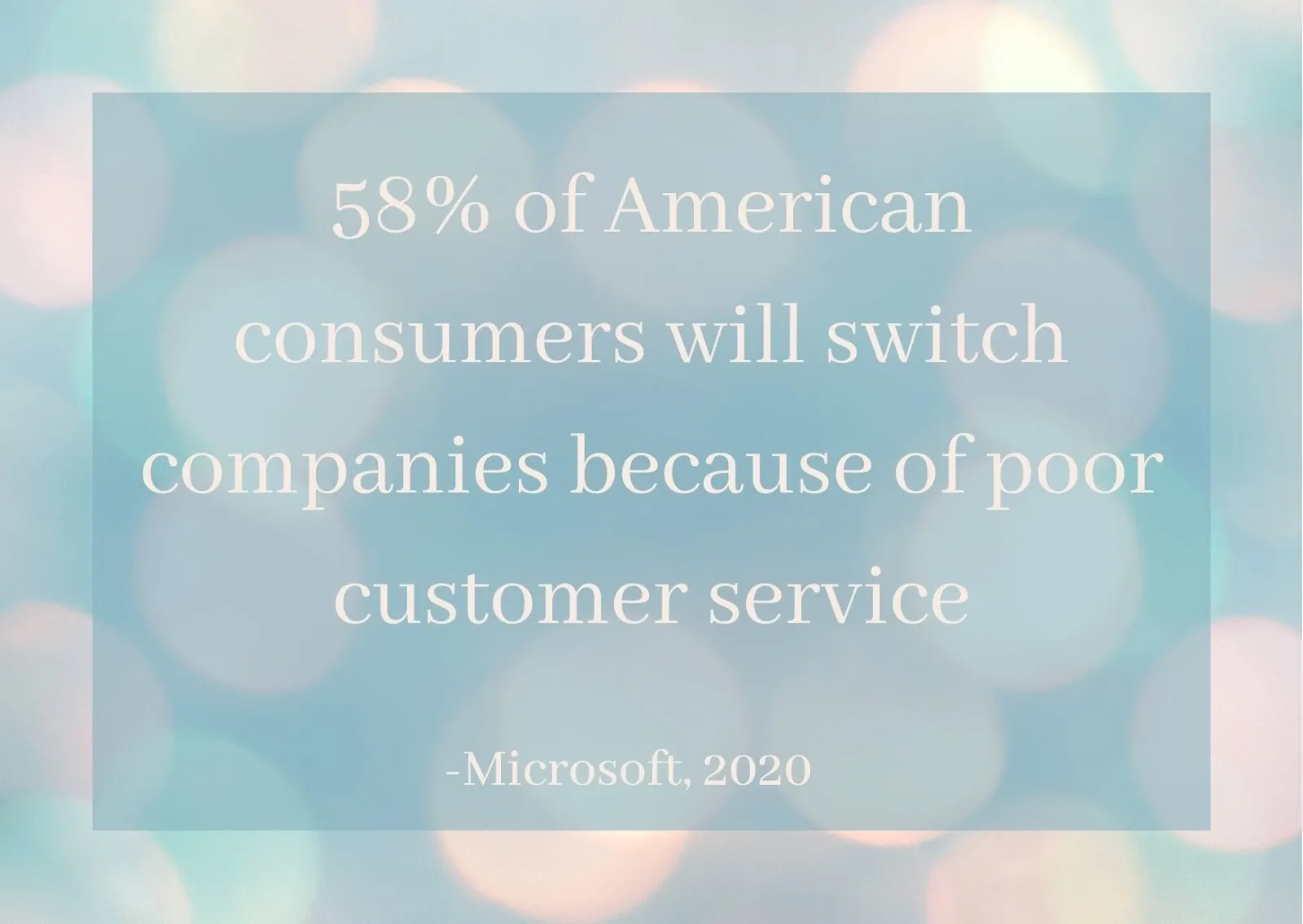In this article, you’ll learn:
With millions of ecommerce Brands out there vying for the attentions of potential customers like Jane Austen characters searching for a spouse with a good reputation and/or a substantial dowry at a ball, how will you make sure that you are the most eligible bachelor(ette) out there? How will dear Mister Darcy notice you above all the rest?

Well, you don’t need to be the brightest, or even the best. You just need to find what makes you stand out and find a suitor who likes you just as you very well are.
What is an ecommerce brand?
An ecommerce brand is essentially an online store and its associated social media platforms. Some ecommerce brands work directly from their own websites, while others use online shopping platforms like Amazon, eBay, Etsy, and Depop. Many brands will utilize multiple sales channels.
Most successful ecommerce brands have a solid social media presence, regularly update their content, and communicate well with existing and potential customers. Social media and ecommerce have become pretty inextricable
Benefits of designing a compelling brand
There are a bunch of benefits to creating a compelling brand. The three we’ve listed here are just the most exciting of the bunch.
Standing out
One clear benefit of designing a compelling brand is that it allows you to stand out from the crowd. Everywhere you turn online, someone’s trying to sell you something, whether it’s designer cat shampoo, perfume, taco-scented breath mints, dating apps for the romantically disinclined…
There’s a lot of ruckus out there on the interweb, and it’s hard to have your voice heard if you’re the online equivalent of a Wendy Wallflower. Creating a compelling ecommerce brand can help your wallflower ways become appealing to your specific audience. It allows you to figure out who you are and make the most of it. You don’t need to become like the rest, you just need to find your voice.

Being remembered
Compelling ecommerce brands are memorable ecommerce brands. By piquing your audience’s interest and finding your authentic voice, you will be remembered and returned to. There are lots of copycat brands out there that piggyback off of other successful brand styles, but they’re not really memorable. Maybe they make the odd buck here and there, but they’re not sustainable because they haven’t cultivated their own, unique voice.
Fostering connections
A compelling brand makes audiences feel connected to the Brand (*not Russell Brand), the Brand’s values, and the products themselves. A compelling ecommerce brand appeals to the emotions of its audience, not just its wallets. And this emotional connection is what separates inspiring brands from the ruckus.
Our 10 steps
In this section we’ll walk through the 10 steps you need to take for designing a stand-out brand.
Find your brand’s voice
Brands are like stories. You need to figure out what your story is. Are you an Adam Sandler and Drew Barrymore romantic comedy? Are you a sexy film noir? Are you a beautiful nature documentary voiced by David Attenborough? What we’re talking about here is vibe. What’s your vibe, dude?
This is sort of like your essence, and something you can begin figuring out by trying to summarize who you are in three words. The NorthFace could be “high-end, adventure, durable”. Yankee Candles could be “luxurious, comforting, homely”. What are three words you want people to associate with your brand? What do YOU associate with your brand?
Define your brand’s identity
Finding your voice is the first step to creating your brand. The next step consists of more finely tuning your identity. You start to expand on the three words you chose in part one and develop a more elaborate idea for your brand. What will your production methods look like? Who do you want on your team behind the scenes?
Get your values down
You also want to get into the nitty-gritty about your values. What are your company’s values, and how do those translate into your brand? Are you interested in offering affordable options to your customers? Are you more focused on environmental impacts like Tentree or Ecosia? Is your brand about luxury, minimalism, bright colors, body positivity, comfort? What does your brand stand for? And what values will your customers find attractive about your brand?
Get artsy
This part is all about fonts, brand colors, logos, photography, graphics, even music. Whether your type of business is in supply chain operations or ecommerce, it is both fun and essential to develop a cool logo, decide on colors and an aesthetic that matches the identity, values, and voice of their brand. This is the part that will be instantly recognizable to people on the street. A good logo is invaluable. If you’re not design savvy or are operating on a budget, logo makers are a popular choice among eCommerce entrepreneurs.
Your brand colors can be very simple, and you don’t want them to be limiting in terms of what your products can look like. Make sure that your logo doesn’t clash with your products, in other words, or determine how your products can look. That’s not always a problem, for example, if you offer services or courses rather than a physical product.
Define your audience
Think about who your target audience is. Are they people interested in wellness? Are they more interested in high fashion? Are they eco-conscious, body-positive, younger, older? Are they more traditional, or are they modern? What sort of disposable income do they have? You can develop a model customer to get an idea of who your audience is in order to inform your brand, and to narrow down who would be interested in what you're selling. This will help you market to the right people.
Create compelling content
Creating beautiful and inspiring content is a big part of your brand’s narrative. Great photography, cool videos, some nice music in the background, smiling (or unsmiling) models, great editing, as well as good written content will go a long way to bringing your brand to life. You can show how your products are used by real customers, as well, and gather and share testimonials from happy clients. The sky's the limit!

Get social
Getting onto social media is a must for any ecommerce brand because pages on Instagram or Facebook are a great way for people to find you, ask you questions, and engage with your content. Your social media should reflect your brand, so include brand colors, logos, and general aesthetic, but also be more interactive and offer a way for customers to get in touch with you. It’s also another branch of your omnichannel sales tree.
Having occasional giveaways, competitions, polls and whatnot will boost your presence on people’s radars, lead to greater engagement, and is a cost-effective way to boost awareness of your brand.
Design a baller website
Your website should be simple, easy to use, and look great. You can DIY it, use a standard layout with some small modifications to make it your own, or hire a website creator. Hiring someone might seem costly but it’s worth it, if your budget allows, in order to get a really professional finish. You can always DIY it to start, and then hire someone to give it a revamp to accommodate your growing online store.
Develop connections with your customers
Social media is a great way to connect with your customers. You can set time aside every week to answer comments, engage with content you’ve been tagged in, reshare creative content that you’ve been tagged in, answer direct messages, and generally show the world who you are. Alie Ward, who runs the Ologies science podcast, will reshare pictures of people wearing her merch every Monday, and pictures of art inspired by her podcast every Friday. Be like Alie.
There are lots of creative ways to get people excited to engage with your brand outside of directly purchasing something, and this is a big part of designing your brand. It’s more than just a product, it’s an experience.
Offer stellar customer service

The final step is to offer flawless customer service. It doesn’t take a lot for people to dump a brand and move on, and poor customer service is a major sticking point for a lot of people. Excellent customer service can really set you apart from others and help you nurture a loyal, happy customer base. Happy customers can also be great advocates for your brand and do a chunk of the work of advertising for you.
A brand-new you
You don’t need a big budget to design a compelling ecommerce brand. You just need a little know-how, inspiration, and time set aside to figure out how you want your brand to look and feel. Hopefully, these 10 steps will give you some confidence to go forward and develop something great.
Did you enjoy this article? Give Pics.io a try — or book a demo with us, and we'll be happy to answer any of your questions.
Author
automated inventory management Hubspot G2 Nick Shaw’s LinkedIn



